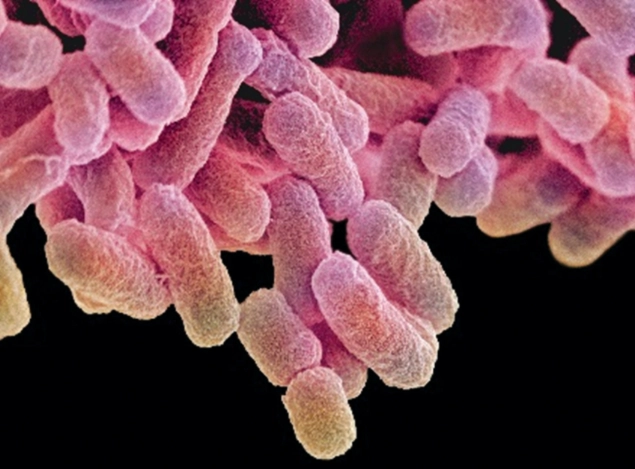

A biotech client dedicated to advancing human health through microbiome-based drugs − a medicine made with microorganisms, approached Syngene to design a development and scale-up solution for its product. The therapy was based on ammonia-oxidizing bacteria (AOB), belonging to the Nitrosomonas genus, originally isolated from soil samples and a part of the human skin microbiome. These were once found in sweat but are no longer present on the skin due to modern hygiene practices. These bacteria have the therapeutic potential for treating various skin health-related diseases.
The growth of the Nitrosomonas as a soil-based bacterium, in the lab, presented unique challenges. These nitrifying bacteria are notoriously difficult to cultivate in the laboratory1. While there is existing research on the biology and biochemistry of this microorganism, information on large-scale manufacturing as a microbiome is scarce.
1 Chemostat is a culture system for bacteria. The culture conditions are maintained such that there is a dynamic equilibrium in terms of cell concentration to optimized manufacturing of certain products.
Syngene tackled this challenge by methodical and detailed investigations that resulted in implementing controls such as stringent cleaning procedures, filter sterilization and process controls in terms of media preparation and aseptic procedures. This transformed the growth trajectory from ‘no growth’ to ‘steady growth’. Currently, the emphasis is on replicating the growth in the Good Manufacturing Practices (GMP) scale by addressing variability in cell growth and maintaining the chemostat(1).
The manufacturing process of Nitrosomonas has been successfully scaled up in a 200L fermenter, marking a significant milestone. With the client gearing up for late-stage clinical trials, the focus has now shifted to optimizing the GMP manufacturing process.
AOB is known for its involvement in environmental nitrification processes, specifically oxidizing ammonia (NH3 ) to nitric oxide (NO) and nitrite (NO2-). The local and systemic nitric oxide levels it produces have both anti-inflammatory and anti-infective effects on humans. Combined with their non-pathogenic nature, these bacteria have become an attractive option for the topical delivery of nitric oxide and nitrite. The application of this therapy causes the downregulation of specific interleukins2 (IL-4, IL-5, IL- 13, and IL-31) involved in the inflammatory pathway of the body and restores the skin.
The client announced positive Phase IIb results in The Lancet’s eClinical Medicine for the treatment of mild-to-moderate atopic dermatitis and moderate-to-severe pruritus. These study results support the advancement of the microbiome-based drug to Phase III. Currently, the investigational therapy is under regulatory review in the U.S.
(1) Improved methods for the cultivation of the chemolithoautotrophic bacterium Nitrosomonas europaea
2 Interleukins are a group of cytokines that act as chemical signals between white blood cells. They stimulate immune responses, such as inflammation.